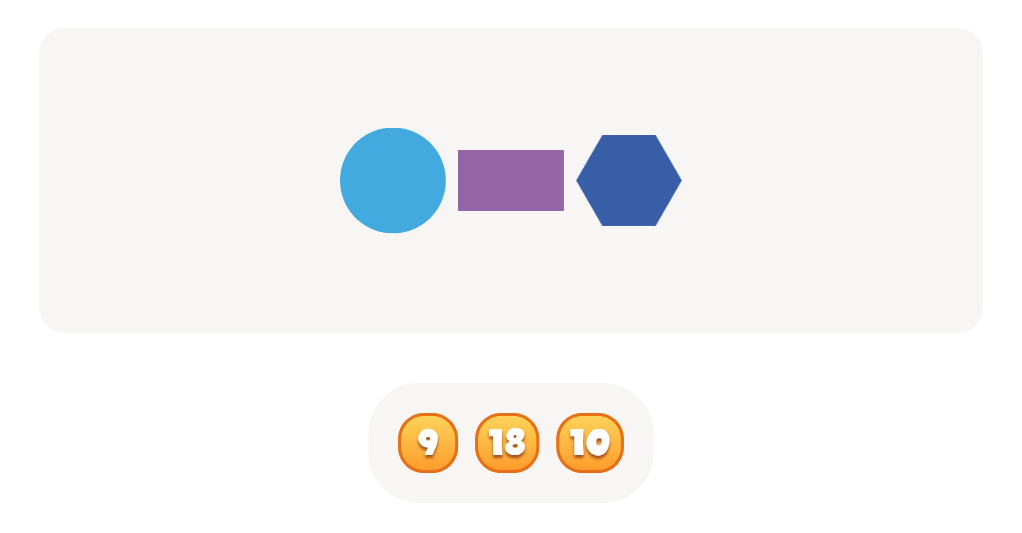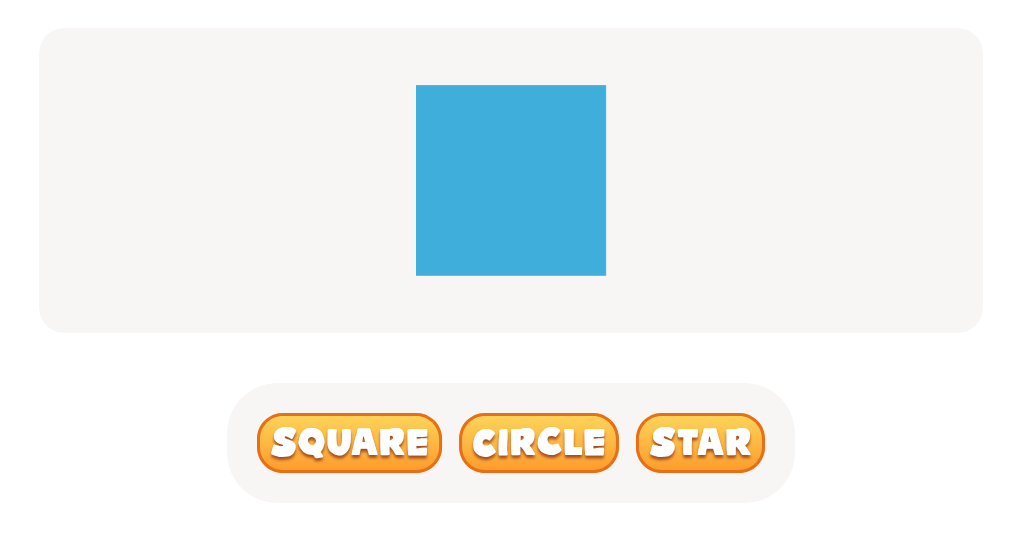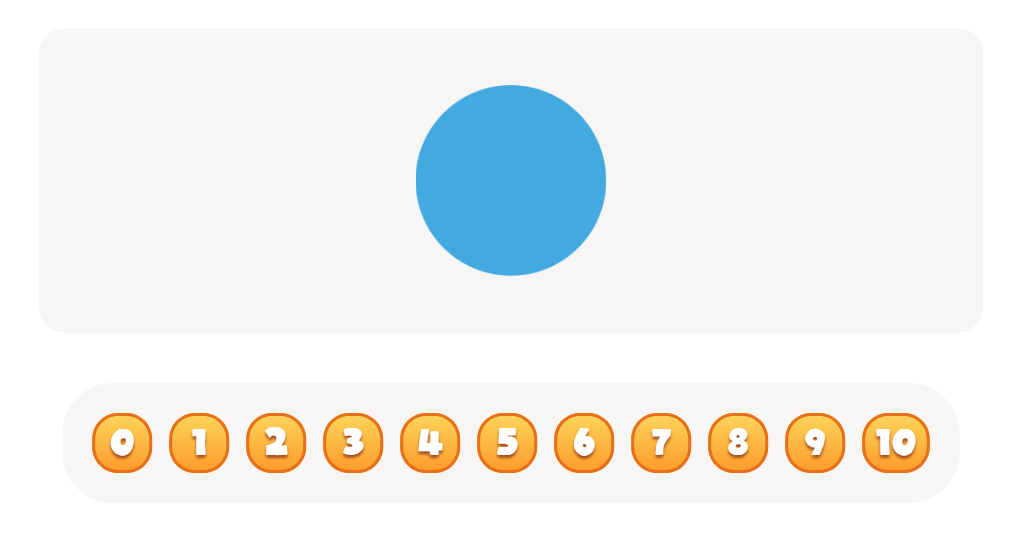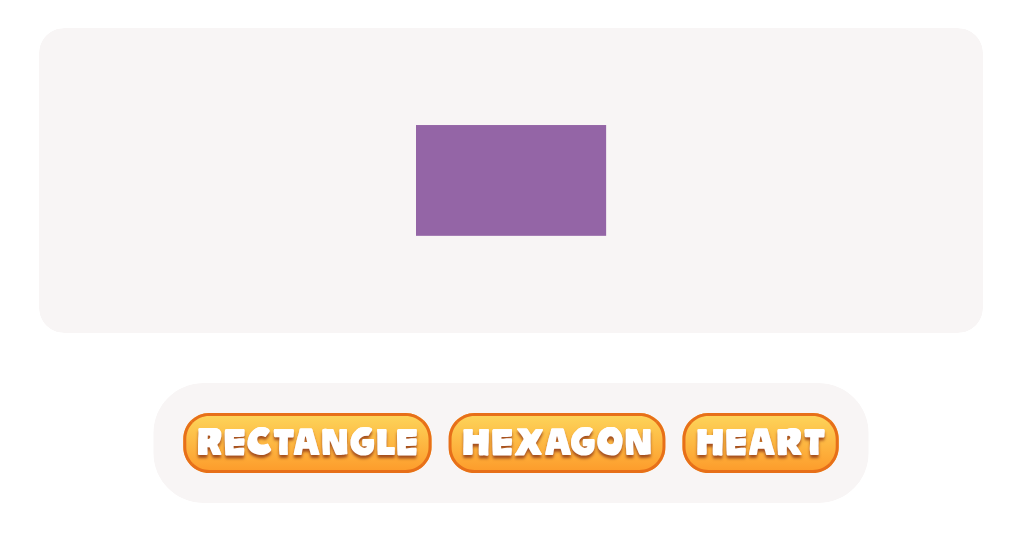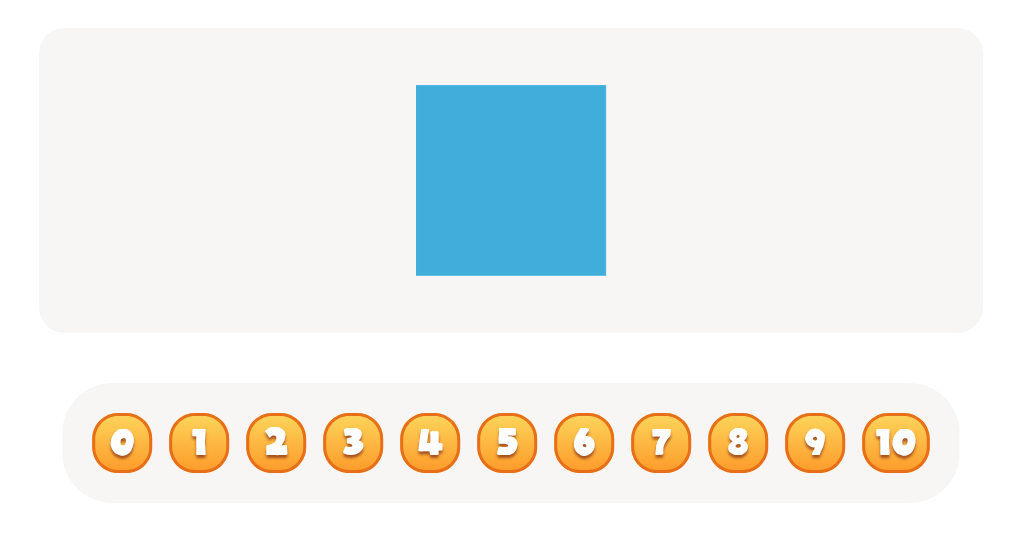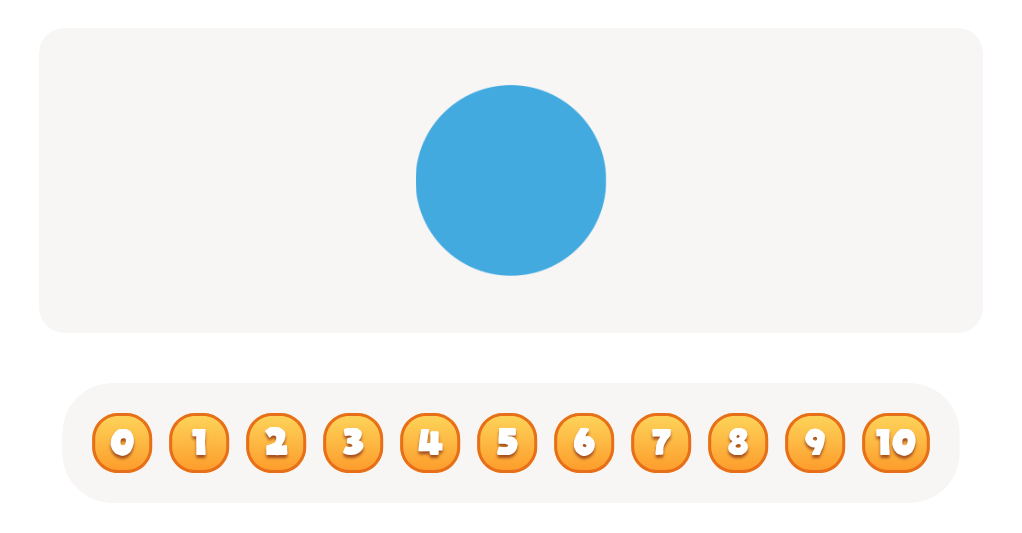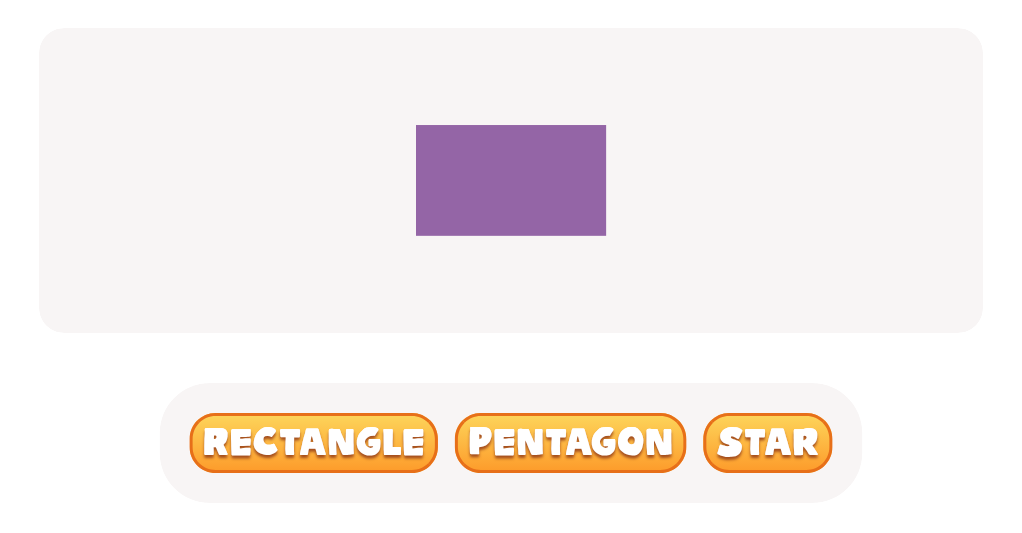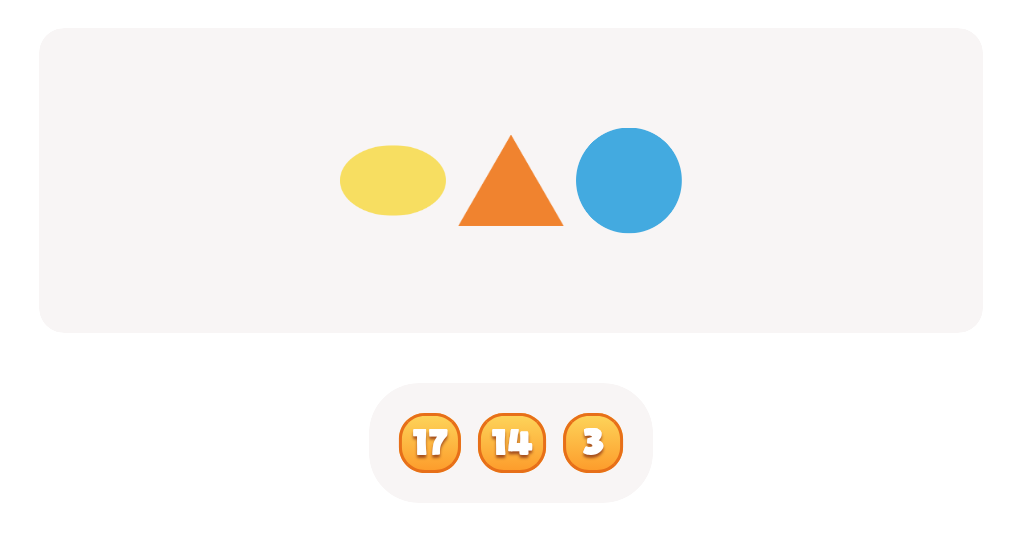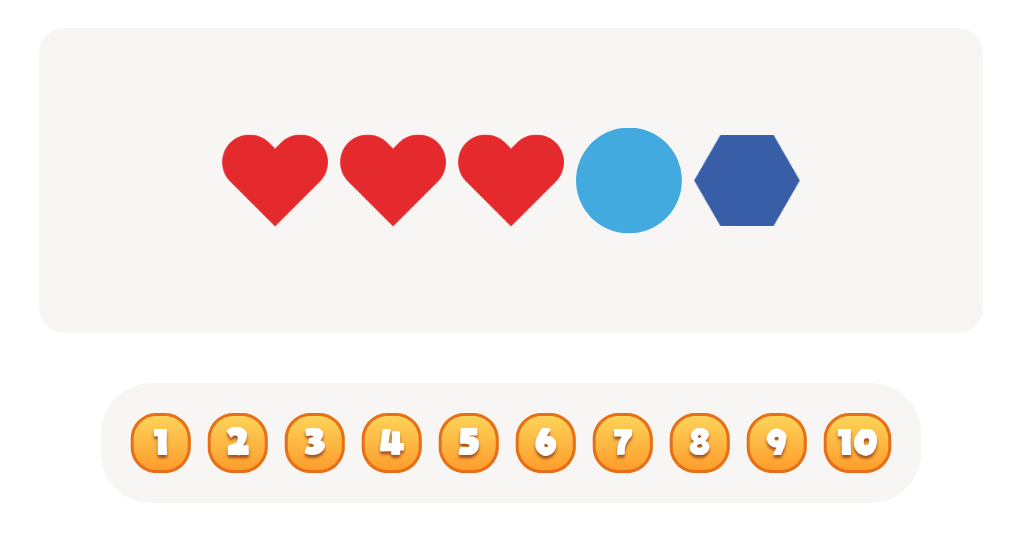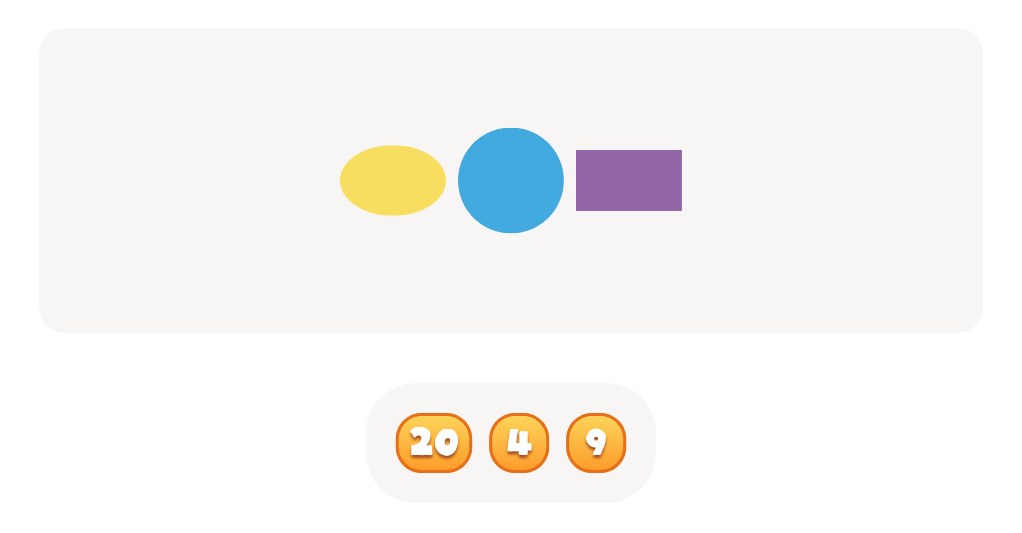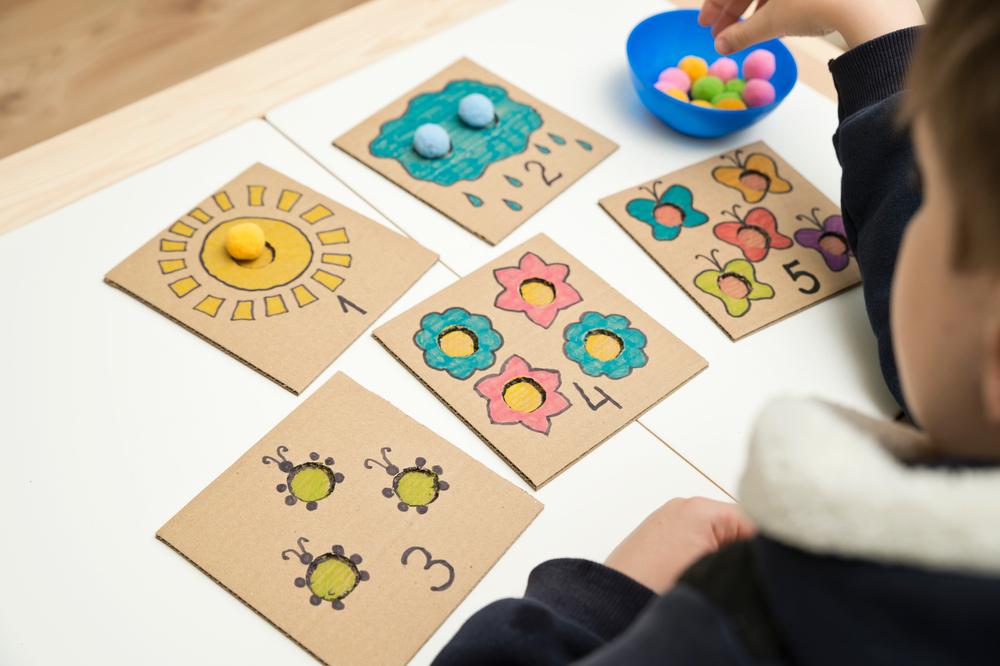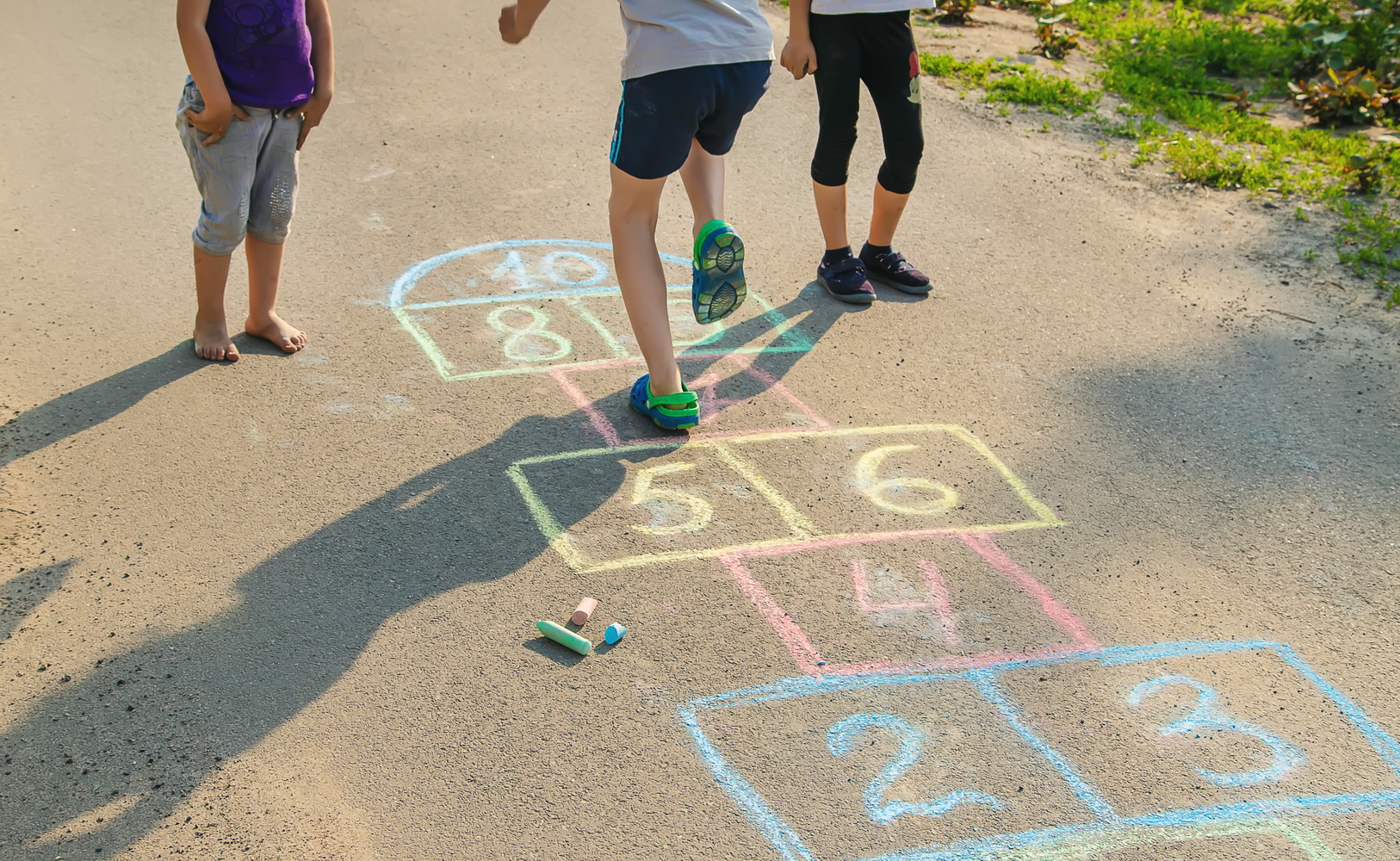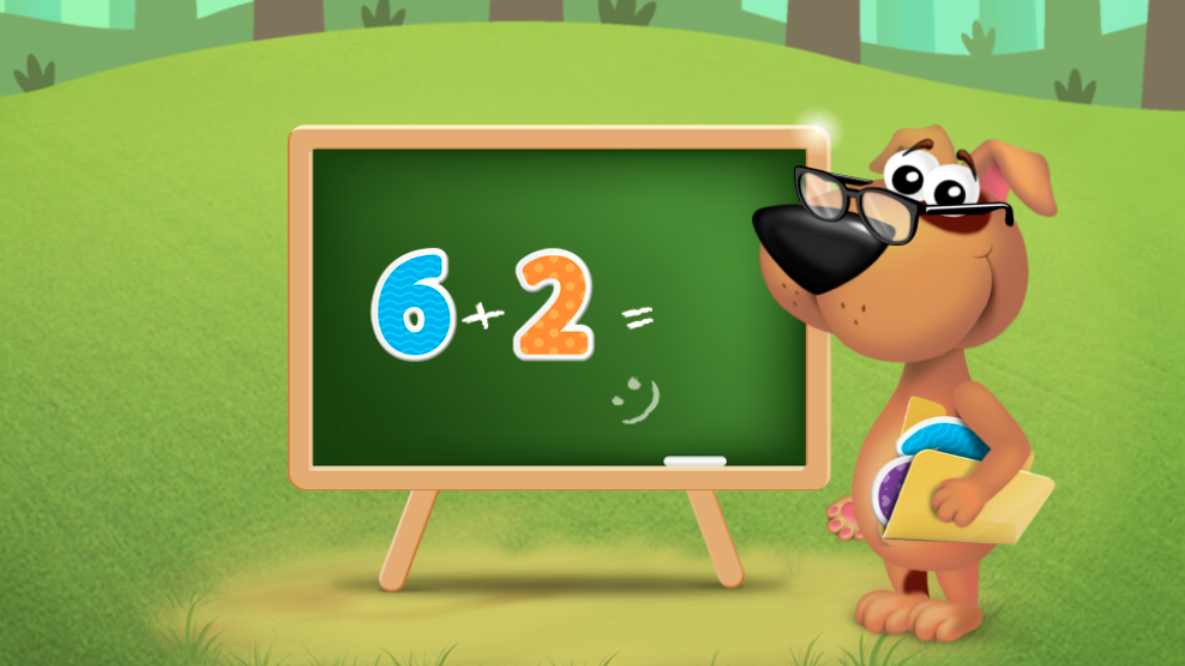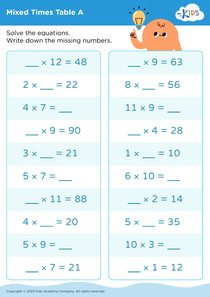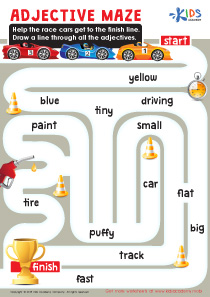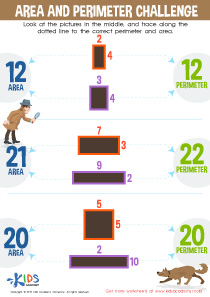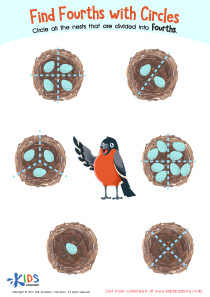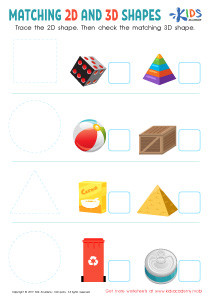Shape identification Extra Challenge 2D Shapes Worksheets for Ages 6-7
3 filtered results
-
From - To
Explore our "Shape Identification Extra Challenge 2D Shapes Worksheets" designed specifically for ages 6-7! These engaging worksheets enhance critical thinking and shape recognition skills, offering an exciting way for young learners to dive deeper into their understanding of 2D shapes. Each worksheet challenges kids with various activities that promote shape identification, problem-solving, and creativity. Whether in the classroom or at home, these resources are perfect for reinforcing geometric concepts while keeping learning fun. Ideal for kids looking to advance their math skills, our worksheets make shape learning an enjoyable adventure! Start your child's journey into geometry today!
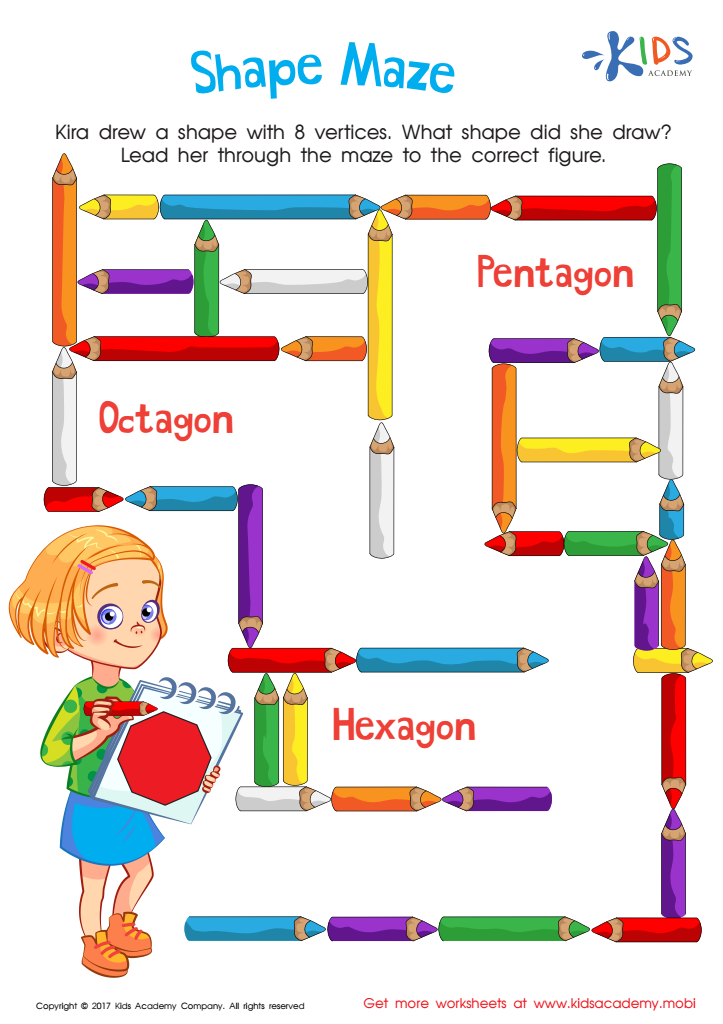

Shape Maze Worksheet
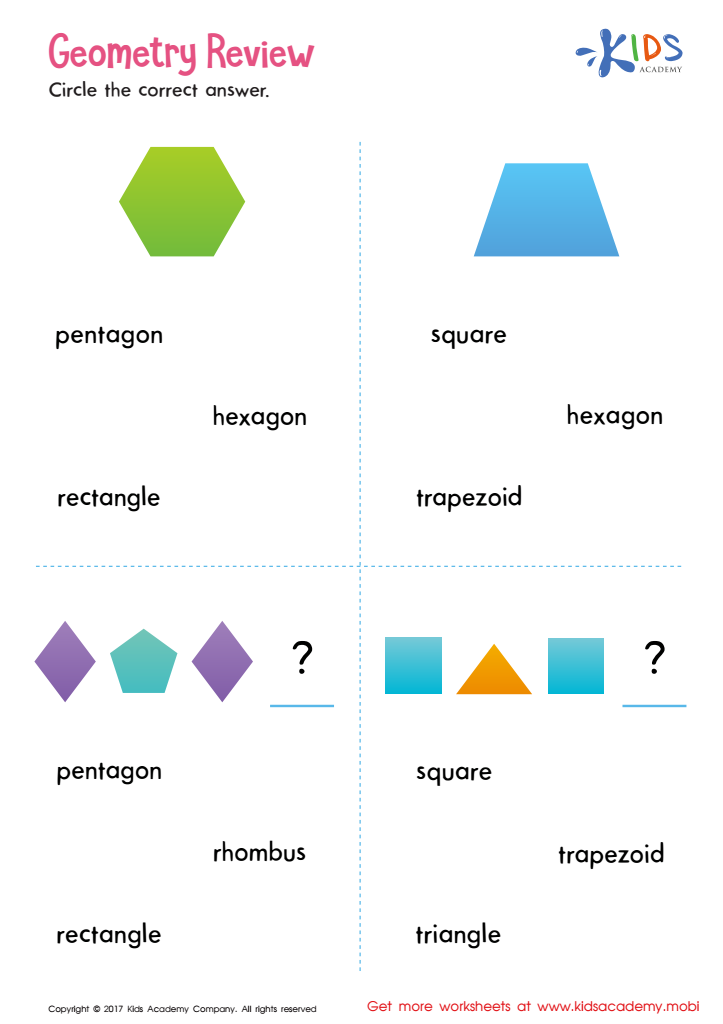

Geometry Review Printable
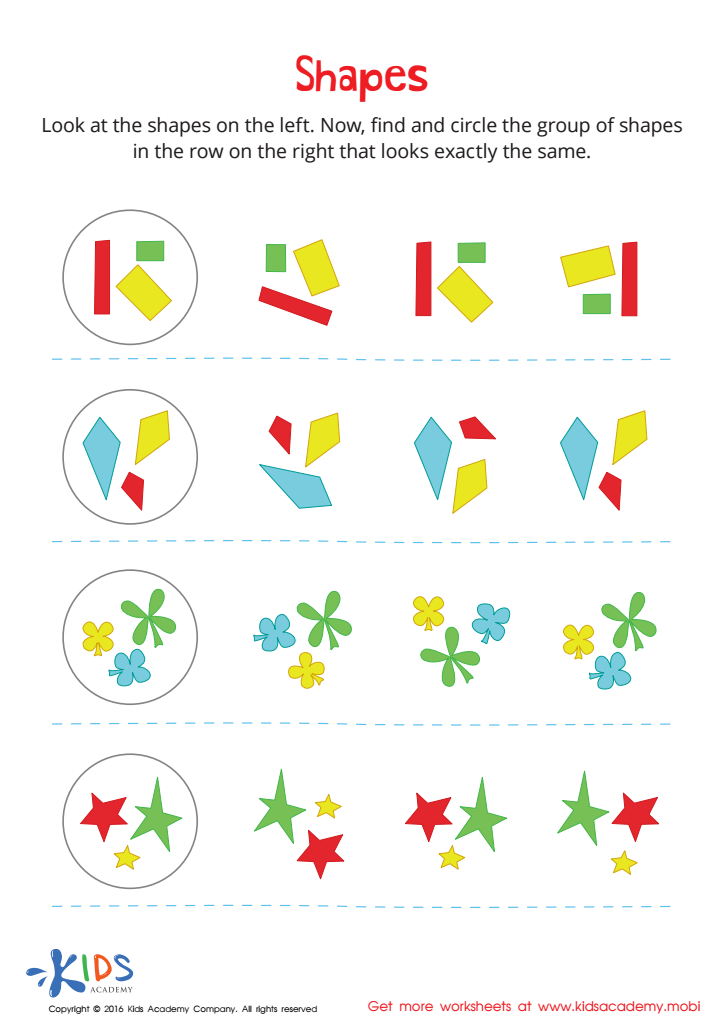

Shapes Worksheet
Shape identification is a crucial part of early childhood education, especially for children aged 6-7. Parents and teachers should prioritize activities like the "Shape Identification Extra Challenge" for several reasons. First, mastering 2D shapes lays a foundation for essential mathematical concepts, including geometry, measurement, and spatial reasoning. Understanding shapes helps children recognize patterns, which is crucial in problem-solving and critical thinking.
Second, recognizing shapes in the real world enhances observational skills and promotes inquiry-based learning. Children begin to see their environment differently, recognizing shapes in architecture, nature, and art. This not only boosts cognitive development but also fosters creativity.
Moreover, engaging in shape identification activities can improve fine motor skills. Activities that involve drawing, cutting, or constructing shapes can support hand-eye coordination and dexterity.
Lastly, Shape Identification promotes social interaction. Group activities strengthen communication and teamwork skills as children discuss and share ideas, building their self-confidence.
In summary, prioritizing shape identification helps develop essential skills for academic success, encourages creativity and observation, enhances motor abilities, and fosters social interaction—making it vital for parents and teachers in guiding young learners.
 Assign to My Students
Assign to My Students
